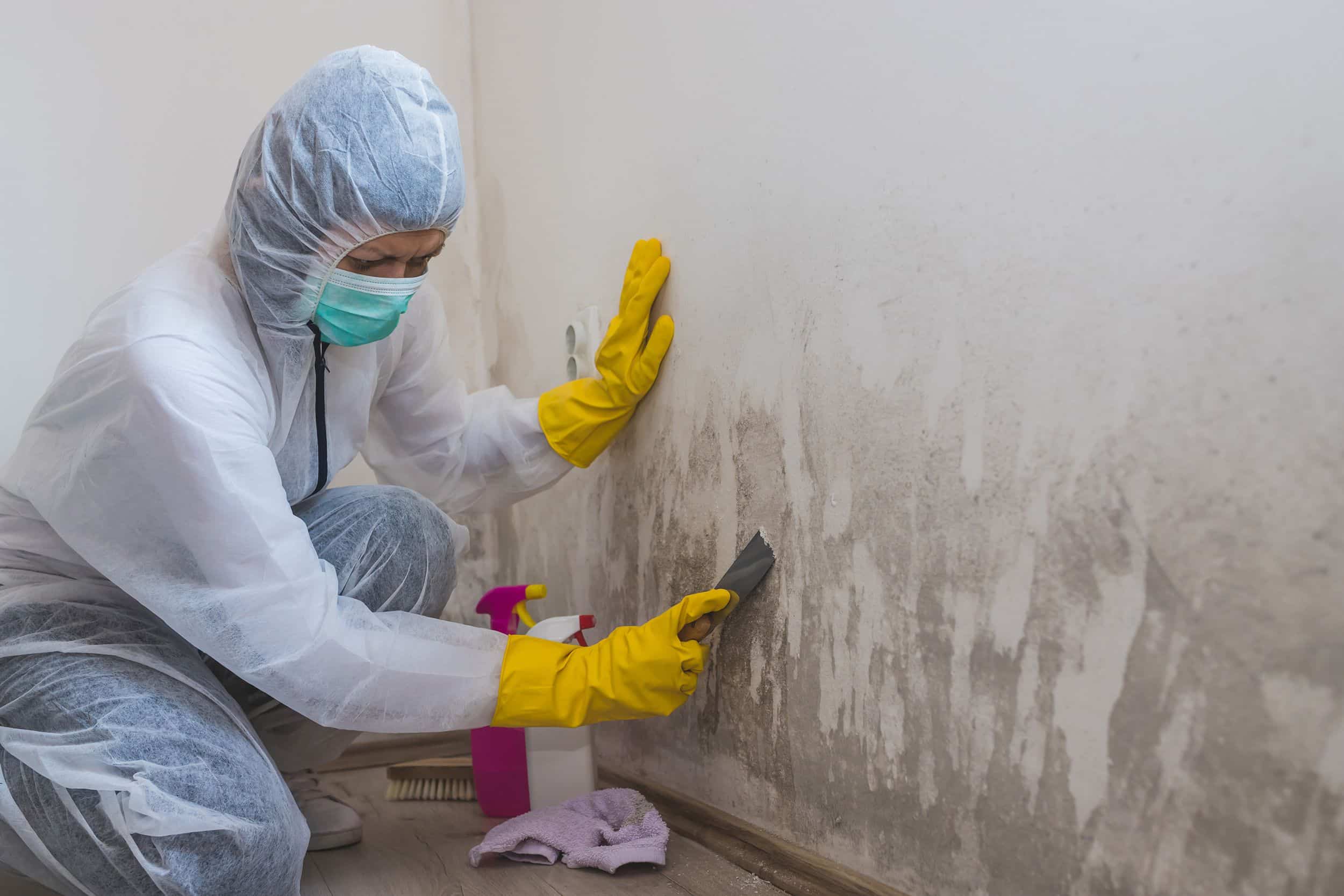Necessary Actions After Mold Remediation
Necessary Actions After Mold Remediation
Blog Article
Your Ultimate Overview to Message Mold And Mildew Removal Techniques
Navigating the world of post-mold removal methods is a careful procedure that demands focus to detail and a thorough understanding of the ins and outs included. In the consequences of mold and mildew problem, understanding exactly how to effectively get rid of the mold and prevent its reoccurrence is paramount for keeping a healthy indoor environment. From picking the ideal cleaning and disinfecting methods to applying methods for long-term mold and mildew avoidance, each step in the removal journey plays an essential duty in guaranteeing an effective result. As we get started on this exploration of post-mold remediation methods, we will certainly discover the key strategies and ideal practices that can aid you restore your space to its pre-mold problem and guard it against future mold threats.
Understanding Post-Mold Remediation Process
After finishing the mold and mildew remediation process, it is critical to recognize the post-mold remediation strategies that are needed to ensure a reliable and complete clean-up. Once the mold and mildew has actually been gotten rid of, the following step involves cleaning and sanitizing the influenced locations to avoid any type of regrowth of mold and mildew. This consists of making use of specialized cleaning up agents to wipe down surfaces and eliminate any type of remaining mold spores. It is necessary to dry out the location totally to inhibit the growth of mold in the future (Post Mold Remediation). Proper air flow and dehumidification can assist in this procedure.
Furthermore, performing a last inspection post-remediation is crucial to make certain that all mold and mildew has been efficiently eradicated. This assessment needs to involve a detailed aesthetic check along with possibly air tasting to confirm the absence of mold and mildew spores airborne. Extra removal might be essential if the evaluation discloses any type of remaining mold and mildew. Informing residents on precautionary measures such as managing wetness levels and quickly dealing with any water leaks can help maintain a mold-free setting.
Efficient Cleaning Up and Sanitizing Techniques

Stopping Future Mold Growth

Relevance of Proper Air Flow
Appropriate ventilation plays an essential duty in stopping moisture accumulation, a key consider mold development within indoor atmospheres. Efficient ventilation systems help remove excess humidity from the air, lowering the possibilities of mold spores finding the dampness they need to germinate and spread out. Without sufficient air flow, interior spaces can come to be a reproduction ground for mold and mildew, leading to prospective wellness risks and structural damages.
By guaranteeing correct air circulation, ventilation systems can also aid in drying out wet locations quicker after water damage or flooding incidents, even more preventing mold and mildew development. After mold remediation. In areas like washrooms, kitchens, basements, and attics where wetness degrees often tend to be greater, setting up and preserving efficient ventilation systems is important in protecting against mold invasions

Monitoring and Upkeep Tips
Offered the critical role that correct ventilation plays in preventing mold and mildew growth, it is critical to establish my website reliable monitoring and upkeep ideas to make sure the continued capability of ventilation systems. Normal evaluations of air flow systems ought to be performed to inspect for any kind of indications of clogs, leakages, or malfunctions that can hinder correct airflow. Monitoring moisture levels within the residential or commercial property is additionally important, as high moisture can add to mold development. Mounting a hygrometer can help track moisture degrees and alert home owners to any spikes that might call for attention. Furthermore, ensuring that air filters are on a regular basis cleansed or replaced is vital for keeping the effectiveness of the air flow system. Applying a routine for routine maintenance tasks, such as air duct cleansing and a/c system examinations, can aid prevent issues before they intensify. By remaining conscientious and positive to the problem of air flow systems, homeowner can successfully alleviate the risk of mold regrowth and maintain a healthy indoor setting.
Conclusion
In conclusion, post-mold remediation strategies are crucial for making certain a clean and safe setting. Comprehending the procedure, executing effective cleansing and disinfecting approaches, stopping future mold and mildew development, maintaining correct ventilation, and normal tracking are all important steps in the remediation process. By complying with these standards, you can efficiently eliminate mold and avoid its return, working or promoting a healthy and balanced living area for all occupants.
In the aftermath of mold problem, knowing just how web to effectively remove the mold and mildew and stop its reoccurrence is critical for preserving a healthy and balanced indoor atmosphere. When the mold has been gotten rid of, the next step includes cleaning and disinfecting the impacted locations to protect against any regrowth of mold - what to do after mold remediation. After eliminating noticeable mold and mildew development, it is crucial to clean up all surfaces in the afflicted area to remove any kind of remaining mold spores. To better enhance mold prevention procedures, it is necessary to attend to underlying issues that initially led to mold development.Given the crucial duty that proper ventilation plays in avoiding mold growth, it is necessary to establish efficient tracking and maintenance suggestions to guarantee the continued performance of air flow systems
Report this page